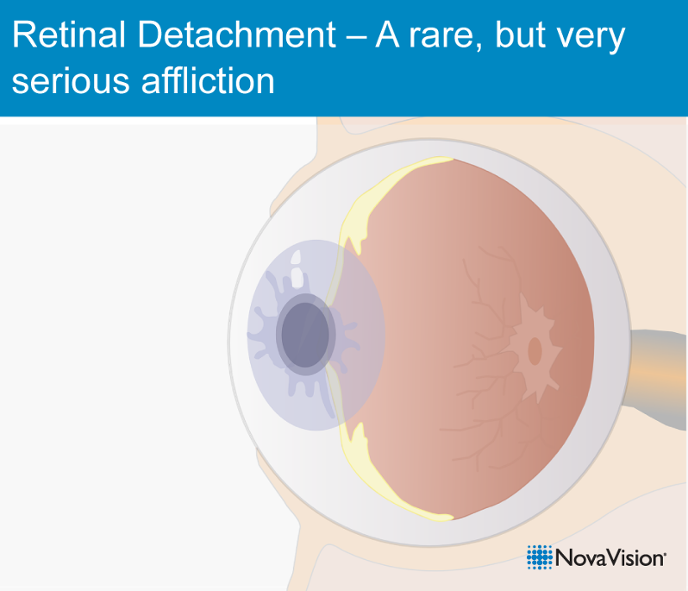We get the most knowledge of our surroundings through our eyes; they convey more than any of our other senses. Every second the eyes absorb 10 million pieces of information and pass it on to the brain. Our vision adapts to different light conditions at cyber speed, refocusing within fractions of a second and distinguishing colours of several million shades.
Structure of the Eye
The eyes function like a film camera: just like with a camera lens, light falls through the various components of the eye – the cornea, anterior chamber, pupil, lens and vitreous body – onto the retina. There, the light is pencilled and images are developed. From the retina this information is transmitted via the optic nerve to the visual centre (in the back of the brain) where it is further processed.
Cornea
The cornea is essentially the eye’s window: the light falls through it into the eye. It consists of collagen fibres, which are so finely intertwined that they form a crystal clear dome. This dome is a bit more than half a millimetre thick. The outside is covered with tear fluid
The cornea channels incoming light rays to produce an image on the retina.
Pupil
The pupil is an opening in the centre of the iris which continuously adjusts to changing light conditions. In bright light, the pupil is reduced to only a tiny opening; in darkness however it widens to let as much light through as possible. The size can also be influenced by the emotional state: in situations of fear, excitement or great joy, the pupil may expand. Children generally have larger pupils than adults.
Iris
When looking into somebody else’s eyes you can see the iris as a collared ring that surrounds the black pupil. The collared iris does not let any light through. It contains two muscles that increase or decrease the pupil, depending on the current light conditions. The colour of the iris is caused by pigments and is determined by the genes. The tiny points, branching threads and patterns are already formed in the womb. Each iris pattern is individual, even in identical twins.
Lens
The eye lens (Lens crystallina) is a converging lens. It pencils the incoming light through the pupil, to get a sharp image on the retina. The lens is elastic and can change its refractive power to focus both distant and near objects. This is done with the help of a small muscle, the ciliary muscle. This acuity adaptation is called accommodation. With progressing age the lens becomes less elastic, which is why many people suffer from so-called “presbyopia”.
The retina
The extremely light-sensitive inner lining of the eye is called retina. It is set up with about 127 million light receptors: these convert the light after it has passed through the cornea, lens and vitreous body, into nerve impulses. Receptors responsible for colour vision are called cones and receptors for light-dark contrast are called rods.
The optic nerve
The optic nerve passes the information from the retina to the brain. It is a massive bundle of nerve fibres half a centimetre thick. The exit point from the retina is called the optic disc. It is often also named the “blind spot” because at this point the retina has no light receptors. Therefore, in each image that the brain perceives, this small part is missing. This is however typically unnoticed because the area is “filled in” by the brain.
Relevance for our daily lives
Sense of light and vision is vital to the perceptual world of each person. Approximately 80% of human actions are unconsciously controlled and visually monitored in people who have grown up with the ability to see. It is therefore our “main sense”, that allows for accurate orientation and quick response in cases of imminent danger.
Eye disorders or acquired injuries and diseases of the visual pathway (often following a stroke or head trauma) and the consequent vision disorders and visual field deficits may therefore result in a massive difference to one’s daily lives.
Visual field loss in the central visual field is of particular importance. Depending on the severity of the disorder, all aspects of everyday life, for example reading, eating, dressing or watching television may become difficult. Often external help is needed.
Obstacles in everyday life:
– Reading, writing, needlework
– Eating, shaving / makeup
– Activities in the profession, in hobbies, leisure time
– Orientation
Dangers in everyday life:
– Driving / Road
– Overlooking objects / obstacles
– Bumping into obstacles / persons
If you want to know more about vision problems after stroke or brain injury and available treatments, you can visit our informative website here, or take our vision test here.




Recent Comments